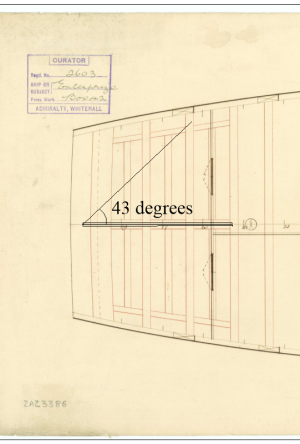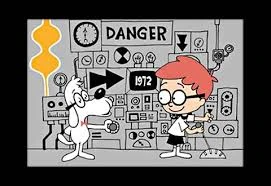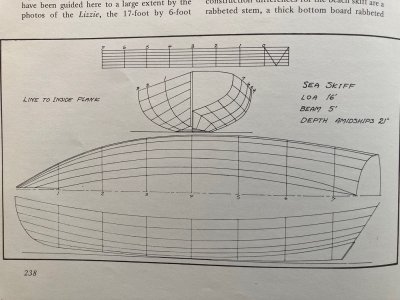- Joined
- Jul 19, 2023
- Messages
- 6
- Points
- 1

I've noticed on many, perhaps most ships, that the axis on which the rudder rotates is apparently canted or raked at a noticeable angle. and having found some pictures that show the hinge pins conform to this angle, it seems like the rear of the rudder would sweep upwards perceptibly out of alignment with the bottom of the keel when it rotated. I've attached some mocked up pictures to demonstrate what I mean.
my question is, is this in fact accurate or have I misunderstood something? and if it is accurate, why is this desirable?
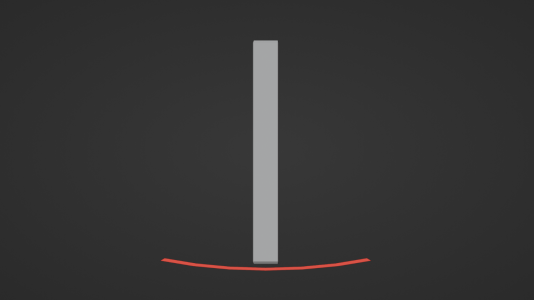
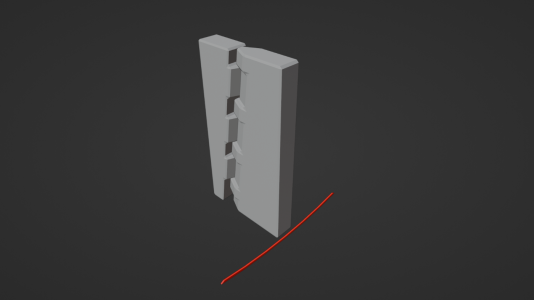
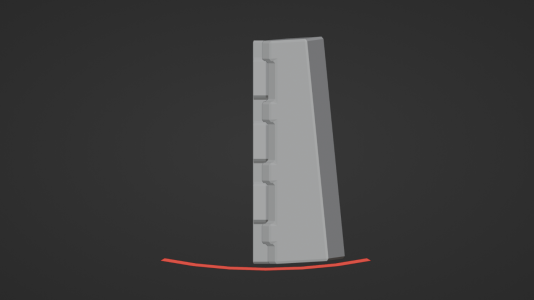
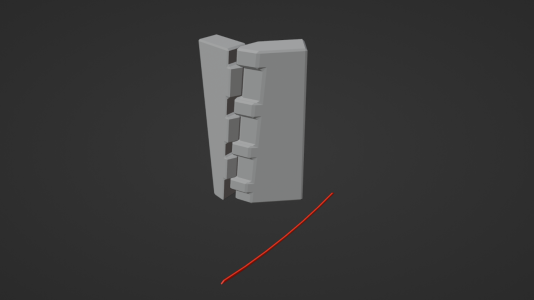
my question is, is this in fact accurate or have I misunderstood something? and if it is accurate, why is this desirable?






